Photography has become my creative practice and obsession over the last year and a half. It’s been a year since I started shooting film. I shot my first roll some time in November, and started developing at home in December 2017. I’m scanning my 250th roll today. I sold my digital camera a few months ago when I realized that I had only used it three times in 2018. Basically, I’m all in on film. I don’t think it’s “better” than digital (and I find that conversation tedious), but it works for me.
There are several reasons why I enjoy film, some of them practical, some philosophical. I’m not dogmatic about it: it’s not for everyone or for every purpose. Were I shooting professionally, I’d certainly use digital cameras too. Given that photography is a purely personal creative practice — freeing after having to play shitty gigs for years in order to make money from music — film suits me.
Part of the reason I decided to try film was peer pressure, if I’m honest. I’m almost exclusively interested in street photography (by which I mainly mean candid photos of people being themselves in public spaces) and there’s a long tradition of film shooters within that style. Many of the contemporary photographers I enjoy shoot film too, and I wanted to see what the fuss was about. Of course it doesn’t really matter — there are plenty of amazing photographs being made using digital cameras — but there is something nice about looking at Winograd’s or Richard Sandler’s or Koudelka’s work and knowing that I’m using the same process they were.
Then there are aesthetics. I’m interested in black and white photography1 and to my eyes black and white film just looks better than digital RAW files converted to black and white. This alone wouldn’t be enough to make me shoot film, but it’s definitely a factor when combined with everything else. More significantly, film requires me to spend less time on the computer. For me, a scanned negative requires a lot less processing and decision making than a RAW file. Processing a RAW file into a beautiful image is an art in and of itself, but not one that I’m particularly interested in. A RAW file is a canvas that can acquire character through processing, whereas film starts with character (which can be shaped by how you develop it). I spend so much of my time looking at screens — at work and otherwise — and I like hobbies that don’t require more of that.2
I love the process of film photography: being limited to ~36 shots before I have to change the roll, having to wait to develop the film before I can finally see the images, and having binders full of my negatives on the bookshelf. When shooting digital, I can’t resist the immediacy: without fail, I’d plug in my SD card as soon as I got home in the evening to look at the day’s work. Shooting photos on the street can be very exciting. You never know whether you managed to capture the moment before it passed, and taking candid photos of strangers without their consent is thrilling. The excitement (along with caffeine and good music) can help me get the shot, but it doesn’t help me evaluate it objectively later, to see the photo for what it is rather than how it felt to take it. Film forces a delay between taking the shot and looking at it for the first time, which helps. Even if I developed a roll on the same day that I shot it, I would have to wait until the next day for it to dry before I scan it. In reality, I always have a backlog of film to develop and a few weeks pass before I see my results.
I’ve developed all of my black and white film at home since December 2017. The process itself is easy, and kind of fun. I don’t love doing it, but I like that I have to put in some work to actually see my images. And again, it’s an analog, physical process that doesn’t involve sitting in front of a computer, which is a plus. Developing film is its own skill that can have a big impact on how your photos look, which has been fun to learn. I’ve mostly kept it simple: I shot 100 rolls of Kodak Tri-X and 100 rolls of Ilford HP-5 using the same developer (HC-110) in order to nail down my process and decide which film I prefer (HP-5). After getting consistent results with that, I’ve started to experiment with other chemicals and recipes.
On a philosophical level (which is secondary to the practical, but fun to think about), there is something appealing about the tangibility of film. When I press the button on my camera, I let light imprint on a physical object, which I then convert myself into binders full of negatives. Assuming that I processed them properly, my film should outlive me without significant degradation of quality. It’s a fully mechanical process — my camera works without a battery — and that’s pretty cool.
Finally, shooting manually has been a great learning experience, teaching me a lot about light, exposure, and leaving me in control of my images. This isn’t strictly related to shooting film because it’s possible to shoot using manual exposure and focus on all digital cameras, but most of them (except for Leicas) don’t do it well for my purposes. I’m the kind of person that always has to be practicing something, and learning the mechanics of manual photography (learning to judge light by eye, and judge distance to focus by feel) has been very rewarding. I’m a technical/analytical person as much as I am a creative person. Photography is a perfect mixture of technical and creative for me: you get the mechanics out of the way so that you can just respond automatically when the shot comes.3 You take a second to celebrate if you think you got it, or curse if you think you didn’t, and keep walking.
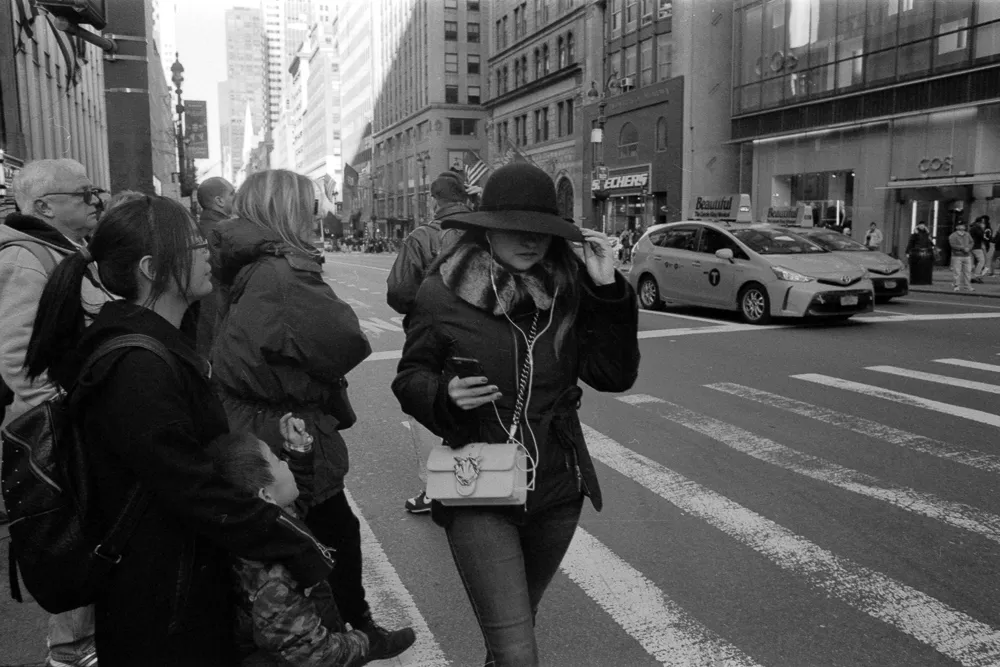
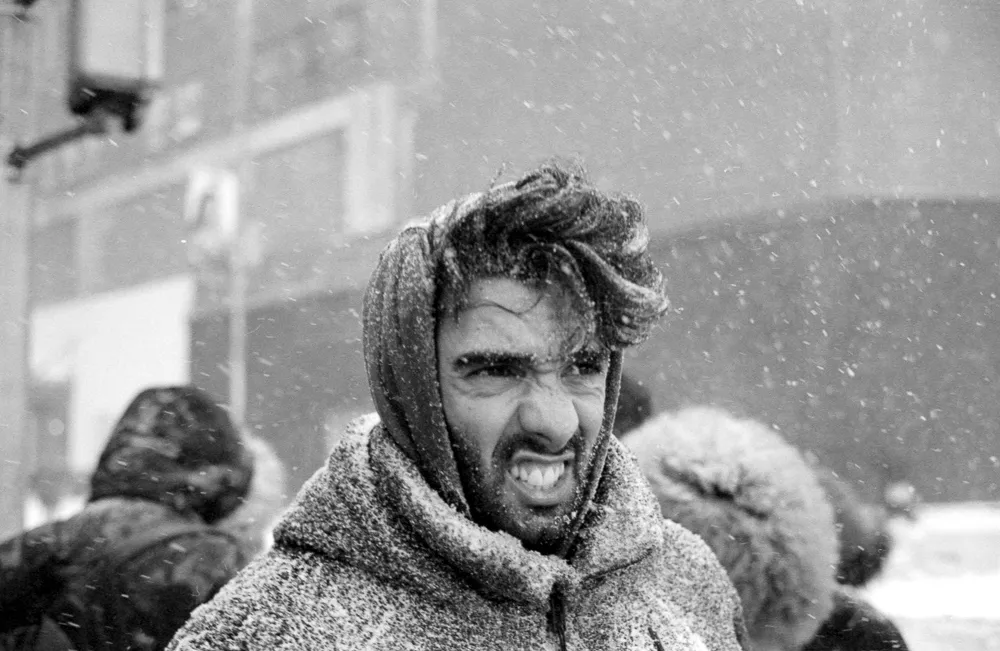
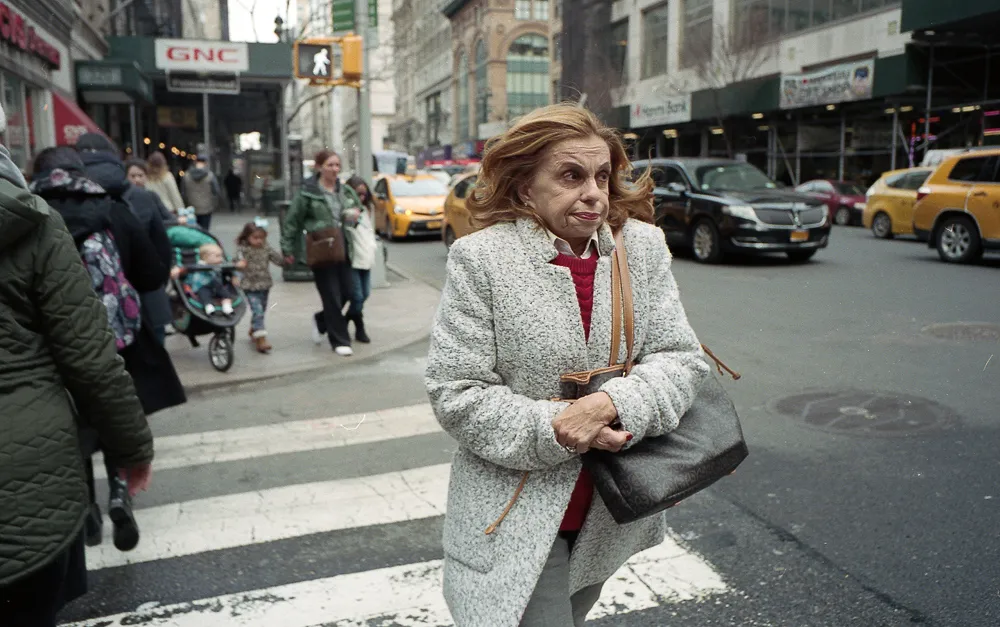
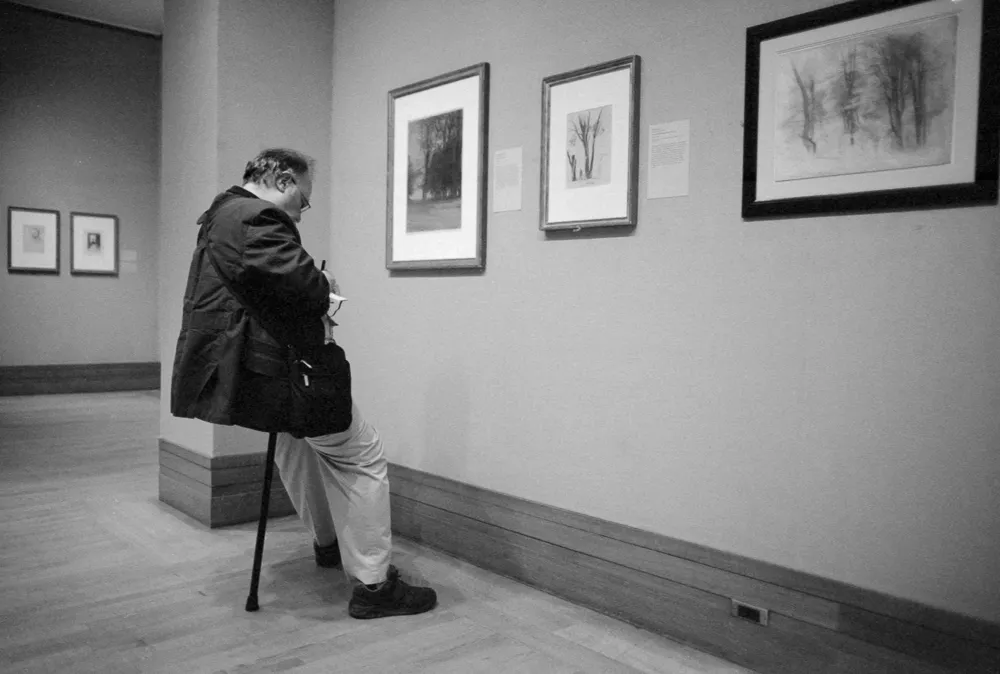
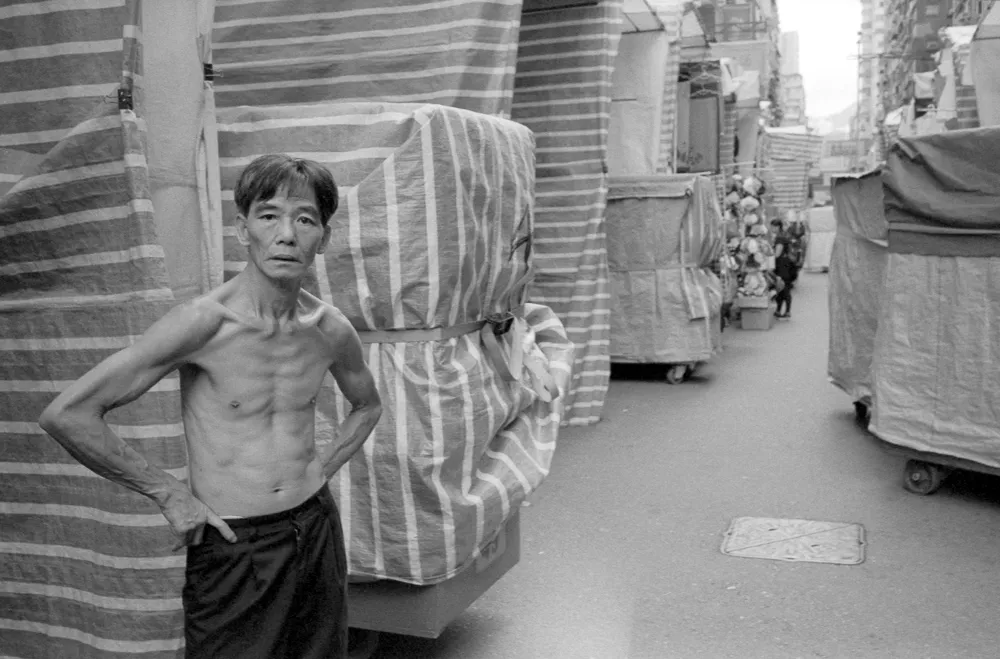
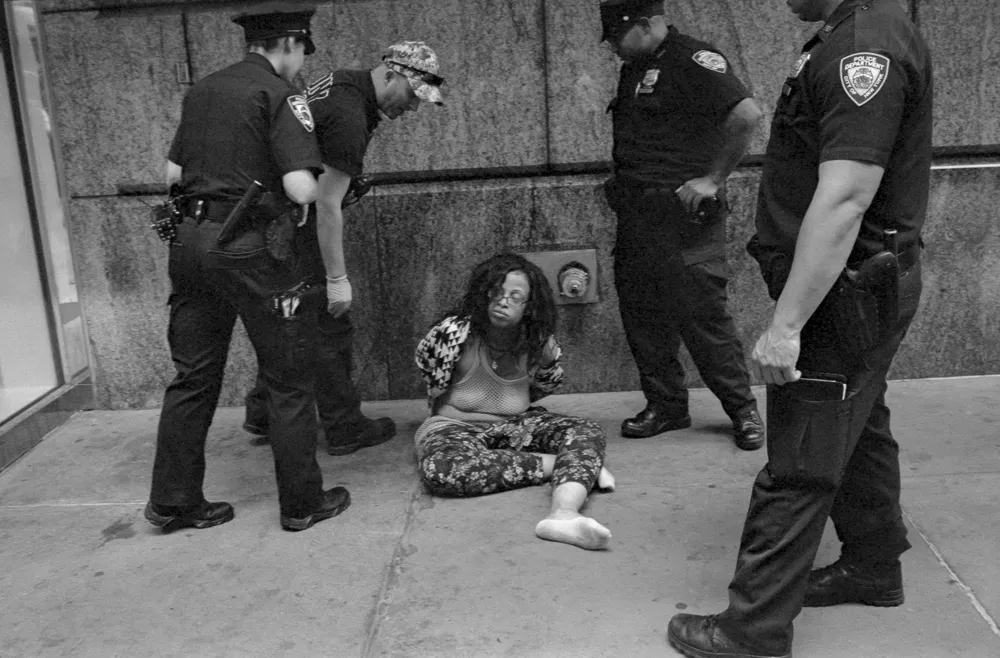
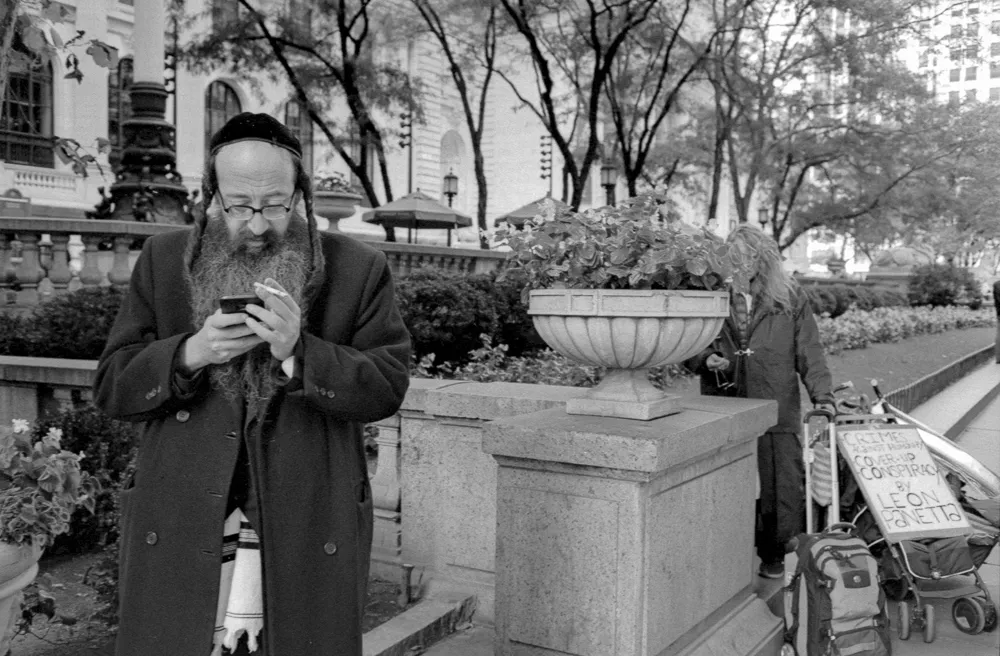
Footnotes
-
Out of my 250 rolls, maybe ten were in color, the rest in black and white. ↩
-
I’m writing this on paper, using a fountain pen, for instance. ↩
-
“You’ve got to learn your instrument. Then, you practice, practice, practice. And then, when you finally get up there on the bandstand, forget all that and just wail.” Charlie Parker, supposedly. ↩